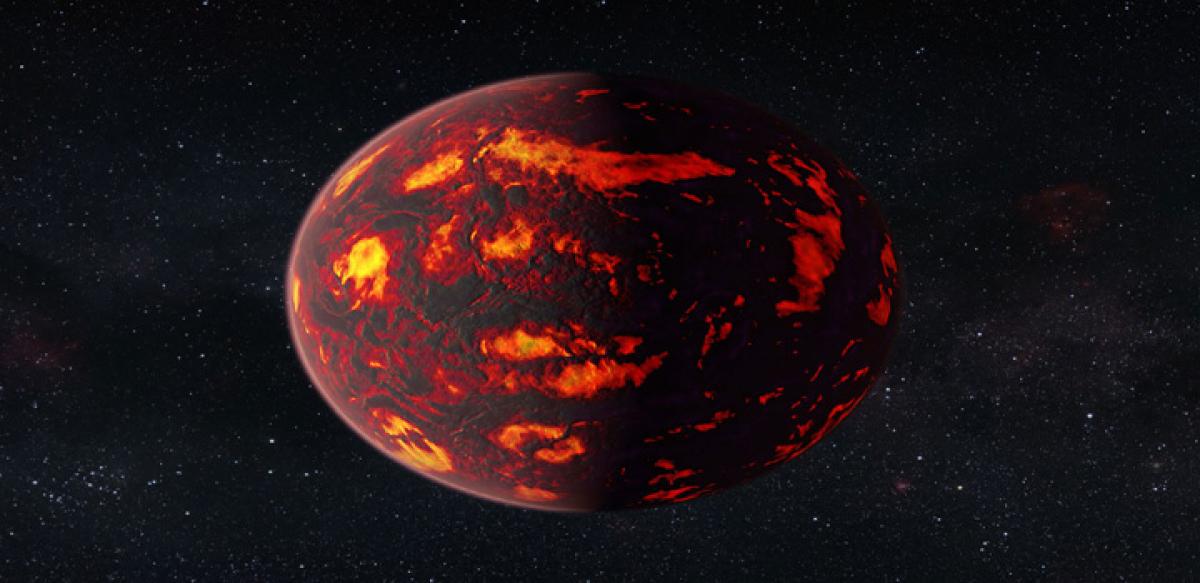Live
- Haryana CM takes dig at Punjab counterpart on setting up of new legislative Assembly
- Avvatar India and Spartan Race Kick Off India’s Ultimate Fitness Challenge in Bengaluru
- CM Revanth Reddy Pays Tribute to Guru Nanak on His Birth Anniversary
- ‘Matka’ clears censor: run-time locked
- ‘Kubera’ first glimpse looks interesting
- It took me 20 years to reach Sahnkar sir’s ears: Thaman S
- Gaurav Bhatia slams Congress for promising freebies to infiltrators in Jharkhand
- LIC’s entry into health insurance to significantly boost its market share
- Why Covid-19 Vaccine protection wanes over time?
- First Look of Kaliyugam 2064 Unveiled by Mani Ratnam Ahead of Worldwide Release









